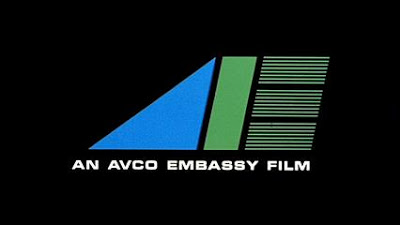“Attack of the Giant Leeches” sounds like the quintessential low-budget drive-in horror movie, and with good reason:
It’s a Roger Corman production at American International Pictures.
It’s set in Florida but there’s a southern “swamp trash” – to use a phrase uttered in the movie – feel to the movie, right down to the corn pone accents and moonshine-swilling hillbillies.
It’s a Roger Corman production (did I mention that already?).
Its title alone sounds like every bad imaginary movie that ever played out on a drive-in movie screen in some other movie or TV show.
“Attack of the Giant Leeches,” all 62 minutes of it, is great fun, a mix of southern fried domestic drama right out of “Cat on a Hot Tin Roof” and low-rent monster movie.
Legendarily made in eight days, “Attack” has a low-rent feel but doesn’t stint on action. Except for a couple of scenes that feel like people are standing around talking for the sake of filling up a few minutes of screen time, “Attack” brings the drive-in thrills early. One of the titular characters shows up even before the credits, and there’s two or three attacks in the first 20 minutes of the movie.
A small Florida town is beset by attacks by man-sized leech creatures. As people turn up sucked to death or missing, game warden Steve swings into action. Well, sort of. First of all, he needs to make sure nobody’s going to do anything to hurt indigenous wildlife.
The creatures are low rent – somebody sewed plastic octopus suckers on the forerunner of the Snuggie – but probably more effective because they are little seen.
There’s one genuinely creepy moment in the movie in which we learn the giant leeches are taking their victims to an underwater cavern. They’re left there to be sucked dry of blood a bit at a time. It’s kind of eerie.
There are some decidedly loony moments:
Game warden Steve runs up to floozie Liz as she screams because she’s been frightened. But Steve, rather than holstering his pistol, points it right at Liz’s face as he comforts her.
Cal, the no-goodnik making time with Liz, is a dead ringer for comic Adam Carrolla.
Cal and Liz go out to a remote spot in the swamp – despite stories about the leech creatures – to make out … in a decision they make standing in the doorway of a bedroom. Young people these days!
Steve and pal Mike decide to go diving in the swamp to look for the giant leech creatures with scuba equipment they took from a ship belonging to “the Italian navy.” Huh?
The creatures usually have a fairly effective “rattle” noise they make, but early on one makes a sound like a cougar’s cry.
Check out “Attack of the Giant Leeches.” It’s drive-in schlock fun.































